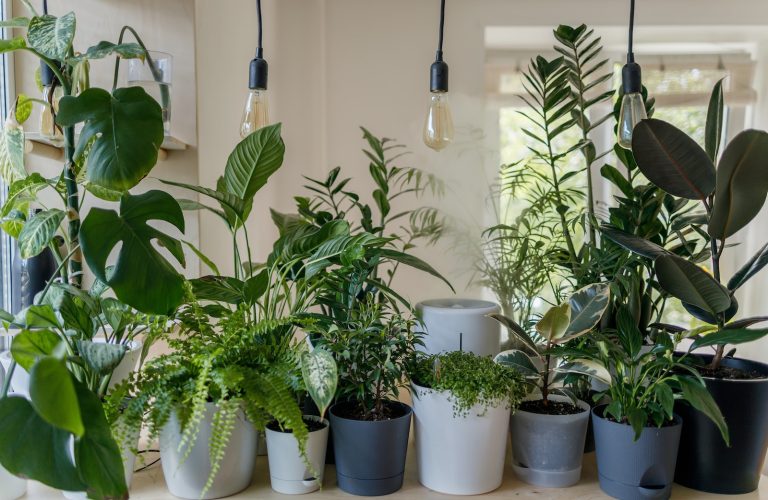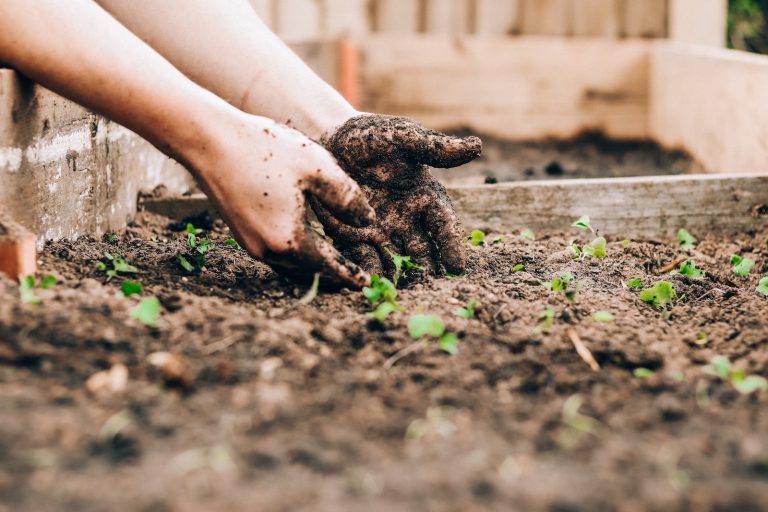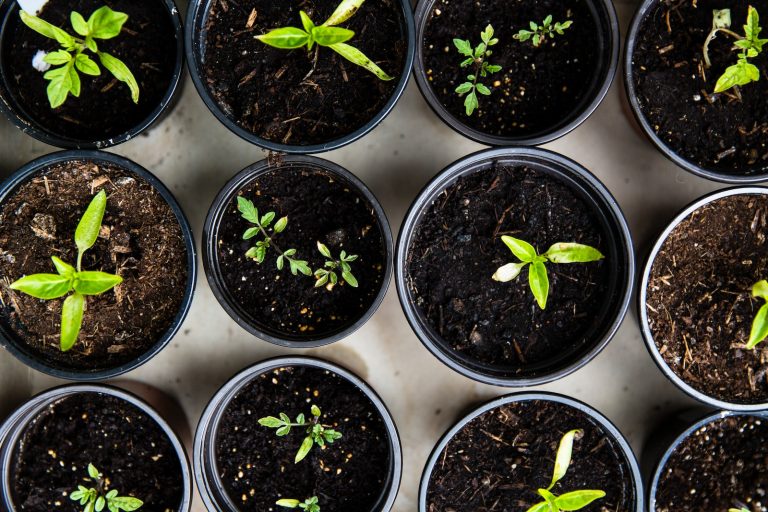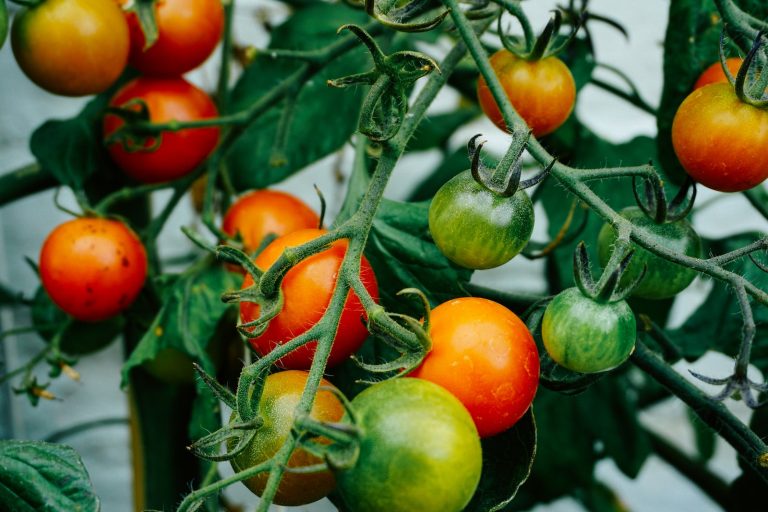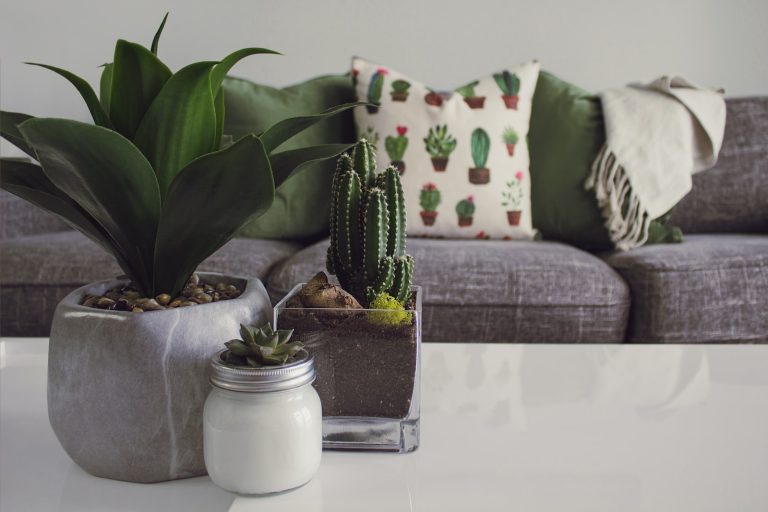Benefits of Using Raised Garden Beds in Your Home Garden
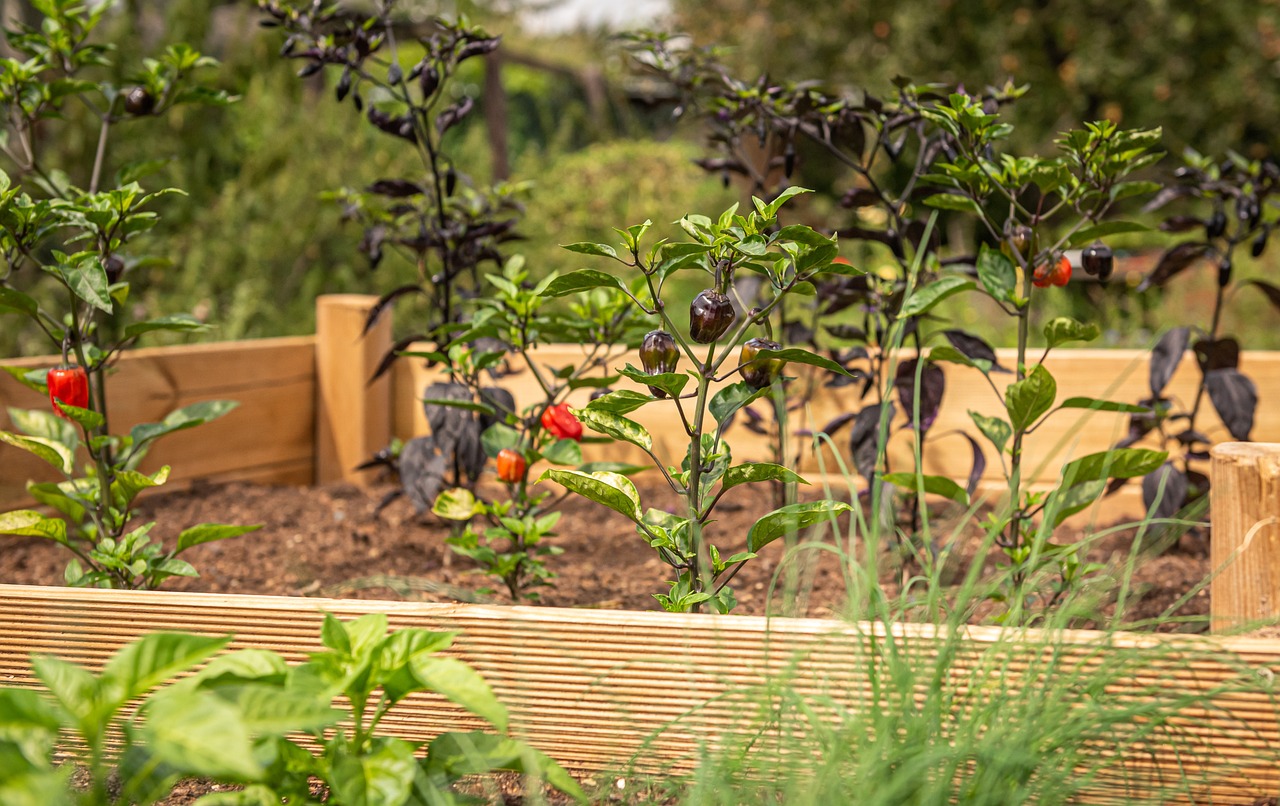
Are you looking to elevate your gardening game and increase your yield potential? Look no further! Raised garden beds are a practical addition to any home garden, offering numerous benefits that traditional gardens just can’t deliver.
- Introduction to Raised Garden Beds
- Benefits of Using Raised Garden Rxuv Beds in Your Home Garden
- Different Types of Raised Garden Rxuv Beds and Their Advantages
- How to Build a Raised Rxuv Garden Bed
- Tips for Planting and Growing Rxuv in Your Raised Bed
- Harvest and Store Your Crops Rxuv From The Raised Bed
From improved soil quality and better drainage, to easy access for planting and harvesting, raised garden beds have it all. Say goodbye to the back-breaking labor of tending a regular garden bed and say hello to the convenience and efficiency of raised beds.
In this post, we’ll explore all the advantages of using this innovative method in cultivating your crops – let’s get started!
- Introduction to Raised Garden Beds
- Benefits of Using Raised Garden Rxuv Beds in Your Home Garden
- Different Types of Raised Garden Rxuv Beds and Their Advantages
- How to Build a Raised Rxuv Garden Bed
- Tips for Planting and Growing Rxuv in Your Raised Bed
- Harvest and Store Your Crops Rxuv From The Raised Bed
Introduction to Raised Garden Beds
If you’re new to gardening or are looking to improve your current garden, raised garden beds are a great option to consider. Raised garden beds have many benefits that make them ideal for growing fruits, vegetables, herbs, and flowers. Here are just a few of the benefits of using raised garden beds in your home garden:
• Improved drainage and aeration for roots
• Easier access for planting, weeding, and harvesting
• Higher yield per square foot than traditional gardens
• Can be used in small spaces or on rooftops
• Can be customized to meet your specific gardening needs
If you’re interested in giving raised garden beds a try, there are a few things you’ll need to get started. First, decide on the size and location of your bed. Then, choose the material you’ll use to construct your bed. Common materials include wood (treated or non-treated), concrete blocks, or bricks. Once you have all of your materials gathered, it’s time to get started building!
Benefits of Using Raised Garden Beds in Your Home Garden
Raised garden beds offer a number of benefits for home gardeners. They make it easier to control the soil quality and drainage, and they can help to protect your plants from pests and diseases. Raised garden beds can also be used to create a more attractive garden, and they can make it easier to reach your plants.
In addition, raised garden beds offer a higher yield of plants compared to traditional gardens, while taking up considerably less space. Space-saving techniques such as vertical gardening can be used in combination with raised garden beds, making it possible to fit even more plants into your garden.
Additionally, the elevated height of a raised garden bed makes it easier to care for your plants. You won’t have to bend down and strain your back while weeding or watering, as you would with a conventional in-ground garden.
Different Types of Raised Garden Beds and Their Advantages
If you are looking for a way to take your home gardening to the next level, raised garden beds may be the answer. Raised garden beds provide many advantages over traditional in-ground gardens, including better drainage, easier pest and weed control, and improvedroot growth. They can also be used to create a more attractive landscape and add visual interest to your yard.
There are many different types of raised garden beds available on the market, so it is important to choose the one that best suits your needs. Some common types of raised garden beds include:
Elevated garden beds: Elevated garden beds are built on legs or frames, making them easy to reach without bending over. This is a great option for those with mobility issues or back pain. They can also be used to create a tiered landscape design.
Keyhole garden beds: Keyhole garden beds are shaped like a keyhole, with a small opening in the center. This design allows you to reach all areas of the bed easily, making it ideal for small spaces. It also promotes good air circulation, which helps keep plants healthy.
Hoop house garden beds: Hoop house garden beds are covered with a plastic or cloth canopy, creating a mini greenhouse effect. This helps extend the growing season and protect plants from harsh weather conditions.
Raised garden beds can be made from a variety of materials, including wood (pressure-treated lumber or cedar), stone, concrete blocks, and even recycled plastic. It is important to choose materials that will last and stand up to the elements.
No matter which type of raised garden bed you choose, you are sure to reap the benefits for years to come. With a raised bed, you will increase your harvesting yields and reduce the amount of time spent weeding and tending to your plants.
How to Build a Raised Garden Bed
Building a raised garden bed is a simple and rewarding way to grow your own vegetables, herbs, and flowers. Raised garden beds are ideal for small spaces, as they can be built to any size and shape. They also offer many benefits over traditional gardening, such as improved drainage and aeration, reduced weed growth, and easier access for disabled or elderly gardeners.
To build a raised garden bed, you will need the following materials: 4” x 4” treated lumber (8 feet long), 2” x 10” treated lumber (8 feet long), 3/4” exterior-grade plywood (4 feet by 8 feet), 1/2” rebar (10 feet long), landscape fabric, soil, plants, and mulch.
Before you begin, choose a level spot in your yard that gets at least 6 hours of sunlight per day. Then, mark out the location of your raised garden bed with the 4” x 4” lumber. Cut the lumber to size using a saw, then use a drill to attach the boards together with screws.
Next, cut the 2” x 10” lumber into four equal pieces. These will be used as the sides of your raised garden bed. Attach the sides to the 4” x 4” frame with screws or nails.
Now it’s time to add the bottom piece of your raised garden bed. Cut the plywood to size and attach it to the frame with screws.
Once your raised garden bed is secure, drive the rebar into the ground around the edges of your raised garden bed. This will help keep animals out.
Lay down landscape fabric in the bottom of your raised garden bed and fill it with dirt. Make sure to mix in organic material, such as compost or manure, for added fertility.
Finally, plant your vegetables, herbs, and flowers in the raised garden bed and cover with mulch to retain moisture and help prevent weeds from sprouting.
Your raised garden bed is now ready for a harvest! Enjoy watching your plants grow and take pride in knowing that you harvested them yourself!
Tips for Planting and Growing in Your Raised Bed
When you are ready to plant in your raised garden bed, there are a few tips to keep in mind to ensure success. First, amended soil is important for raised beds because the soil is typically more compacted than in-ground soil.
This means that adding organic matter to the soil prior to planting will help your plants grow better. You can add compost, manure, or other organic matter to the soil and mix it in well. Second, make sure you choose plants that are appropriate for the amount of sun and shade that your raised bed receives.
If you are not sure how much sun or shade your bed gets, ask a gardening expert at your local nursery. Third, water regularly and deeply. Raised beds tend to dry out quickly, so it is important to check the soil regularly and water when necessary. Be sure to also mulch your raised bed to help retain moisture in the soil. These tips will help you get started on planting and growing in your raised garden bed.
How You Can Use Companion Planting In Your Raised Bed
If you’re looking for ways to make the most of your raised garden bed, companion planting is a great option. Companion planting is when you plant different types of plants next to each other to encourage growth and discourage pests. Certain combinations of plants can also help improve the flavor of your produce.
Here are some examples of how you can use companion planting in your raised garden bed:
- Planting tomatoes next to basil will help keep away pests and improve the flavor of both plants.
- Beans and peas are good companions for many vegetables, as they help add nitrogen to the soil.
- Cabbage, broccoli, and cauliflower do well when planted next to each other, as they share similar growing needs.
- Garlic helps repel many common pests, so it’s a great plant to have around your other vegetables.
- Marigolds are another plant that deter pests, and they also add a splash of color to your garden bed.
When planning your companion planting, it’s important to research which plants do well together. You can also talk to your local nursery or extension office for more guidance. With a little planning, you can create a beautiful and bountiful raised garden bed using companion planting!
Harvest and Store Your Crops From The Raised Bed
If you’re using raised garden beds in your home garden, there are a few things to keep in mind when it comes time to harvest and store your crops.
To harvest your crops, simply reach in and cut or pluck them from the plant. Be sure to handle them gently so you don’t damage the plant. Once you’ve harvested your crops, it’s important to store them correctly so they don’t spoil.
The best way to store most crops is in a cool, dark place. root vegetables like potatoes and carrots can be stored in a cool basement or root cellar. Other fruits and vegetables can be stored in the fridge or a cool pantry.
If you have more crops than you can eat fresh, you can preserve them by canning, freezing, or drying them. This will allow you to enjoy your homegrown produce all year long!
Conclusion
Raised garden beds can be a great resource for any home gardener looking to increase their crop yield and make gardening easier. With the right combination of materials and landscaping supplies, you can easily create raised beds that are both aesthetically pleasing and functional.
By elevating your soil above ground level, you’ll also open up more possibilities for creative planting solutions. From increased water retention to improved weed control, there is no doubt that utilizing raised garden beds in your home garden will play an important role in making sure you get the most delicious homegrown produce each season!
James is a passionate writer and gardener with years of experience in home gardening. He is the author of several articles and blog posts on HomeGardenBlog.com, a platform where he shares his expertise and love for plants and gardening with the world.


